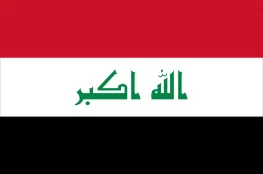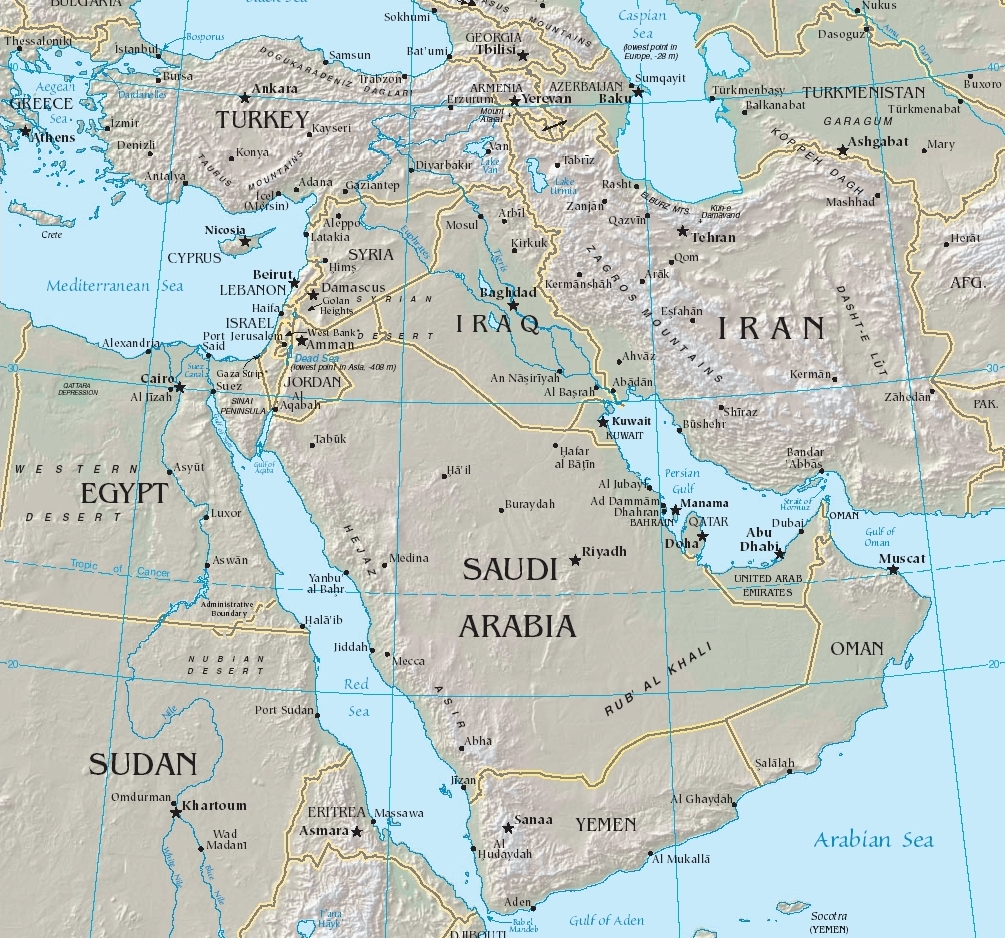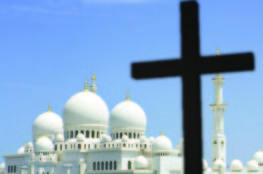The all-powerful Iranian theocracy struggles to suppress the marvelous diversity of their country. Al-Jazeera recently outlined the conflicts between the Gonabadi dervishes and the hardliners who control the country.
The dervishes are a Sufi order of the Shia sect of Islam. When we think of dervishes, the usual image is that of white-robed men dancing in a rapid, circular motion, hence the term whirling dervishes. This dance is an attempt to seek God in the spiritual dimension by losing oneself. The dervishes are a subset of the Sufi order. Sufis seek God through an ascetic life-style with meditations in the spiritual realm.
The conflict came to a head on February 19 when the dervishes clashed with government security forces in Tehran over arrest of one of the group’s leaders. More than 300 hundred of the sect were arrested after the encounter.
The Gonabadi dervishes are the largest of Iran’s Sufi groups, with estimates of perhaps five million followers. Because of their large numbers, and the fact that their theology is not consistent with the mainline of Shiism, the central government fears the group. They are numerous enough to have potential for mobilization against the government. Their places of worship have been destroyed in Qom and Isfahan. President Hassan Rouhani acted to suppress the Gonabadis in anticipation that the group might be large enough to affect the outcome of upcoming elections.
The Gonabadi story is another example of an attempt by the theocracy to downgrade any sort of diversity in the remarkable Iranian culture. The central government has stated that outside forces perpetuate the Gonabadi uprising, a claim for which there is little support. How long will they be able to hold back the tide of change that is occurring within?



